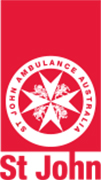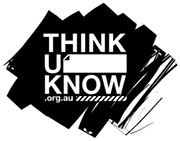Safety At Home
First AidAsthma Attack
Anyone having a SEVERE asthma attack needs URGENT medical treatment. Call triple zero (000) for an ambulance.
Signs & symptoms
Asthma attack
- increasing wheeze
- cough
- chest tightness
- shortness of breath.
Asthma emergency
- symptoms get worse very quickly
- severe shortness of breath
- can’t speak comfortably
- lips may turn blue
- little or no relief from reliever inhaler.
What to do
Unconscious patient
1. Follow DRSABCD.
Conscious patient
2. Help the patient into a comfortable sitting position.
Be calm and reassuring. Don’t leave the person alone. Help them to follow their action plan.
3. Give 4 puffs of a blue/grey reliever. Use a spacer if available. Shake the reliever inhaler before each puff.
4. Give 1 puff at a time with 4 breaths after each puff.
5. Wait 4 minutes. If no improvement, give 4 more puffs.
6. If the person still cannot breathe normally call for an ambulance and say that someone is having an asthma attack.
7. Keep giving 4 puffs every 4 minutes (as above) until the ambulance arrives.
See National Asthma Council Australia for more information.
Where permitted under local State or Territory regulations, and if necessary use another person’s reliever inhaler, or use one from a first aid kit to assist a patient with a severe asthma attack. If someone is having difficulty breathing, but has not previously had an asthma
attack, assist in giving a reliever until an ambulance arrives.







